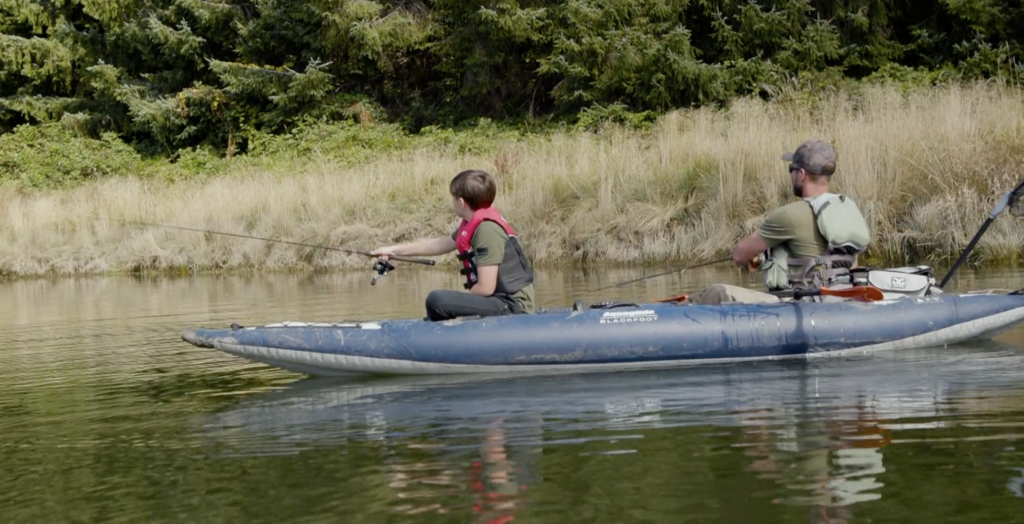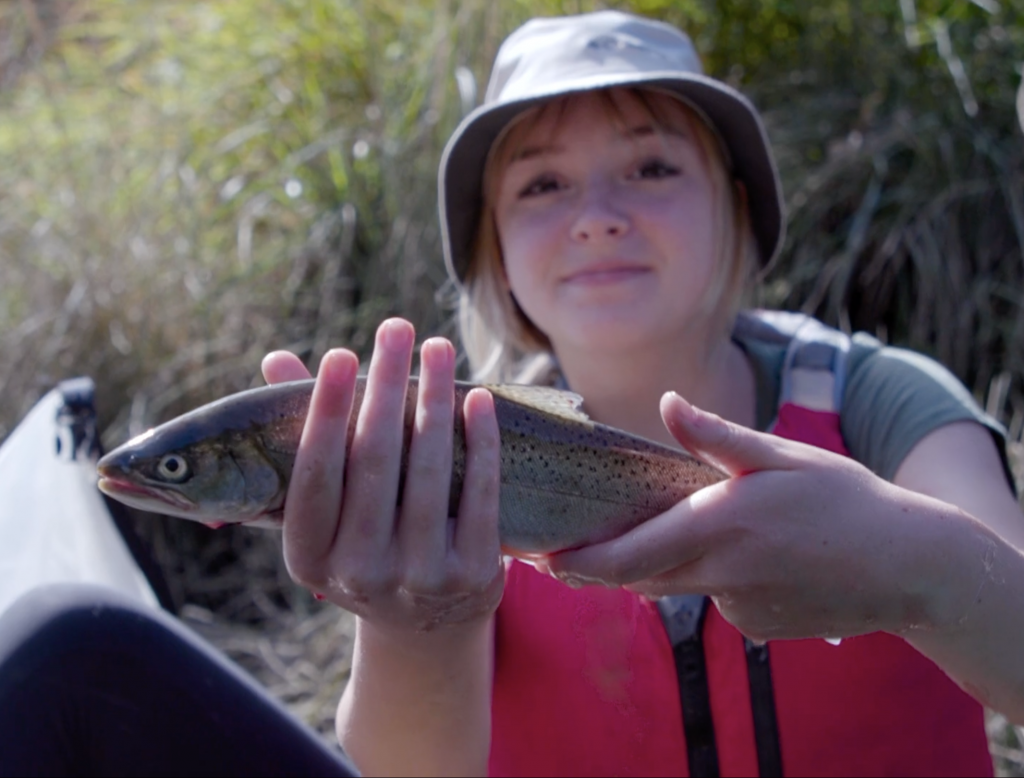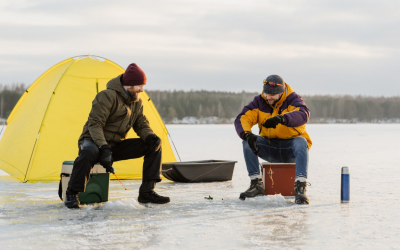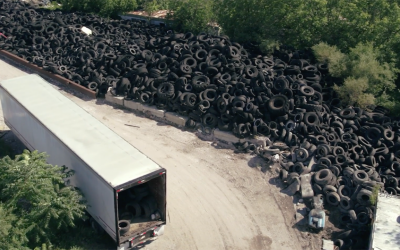What if we told you that you own fishing access to about 190 million acres with 150,000 miles of streams and 2.5 million acres of lakes? Sounds crazy, right?! Believe it or not it’s true and it’s all a part of YOUR U.S. Forests!
The History of National Forests
National Forests have been around since 1891 when Congress passed the Forest Reserve Act authorizing the President to designate public lands into what used to be called “forest reserves.” Prior to the Act, there were decades of debate over public land policy and concern about unfair logging practices. The first national forest was established as the Yellowstone Park Timber and Land Reserve on March 30, 1891. Initially, there were only 60 forest reserves, but today there are 154 protected areas known as national forests that are managed by the Department of Agriculture’s Forest Service.
What Does the U.S. Forest Service Do?
The main duty of the U.S. Forest Service is to manage and protect our public forests. Their primary goal is to sustain the health, diversity, and productivity of our nation’s forests to meet the needs of the present and future generations. They also ensure that their actions will provide safe and healthy fish habitats. If you are passionate about forestry and are aspiring to work in the forestry industry, the U.S. Forest Service has a number of diverse jobs nationwide in career fields including business, resource management, fire and aviation, medical and safety, engineering, science, and research.
If you want to learn more about the careers they offer click the link below!
https://www.fs.usda.gov/working-with-us/careers
Where are Some of The Best Places to Fish?
With so many lakes, rivers, and streams in our national forests, you may be wondering where some of the best spots to fish are; lucky you because we have some answers for you!
In the Pine River below Tippy Dam in Huron-Manistee National Forest, located in the Eastern Region, you will find record breaking sizes of brown trout. There is also salmon that runs in this river so you may be able to catch a salmon if you don’t catch a trout. Another great spot to go in the Eastern Region is the Allegheny Reservoir, which is one of the best lakes for big fish and has set state records for the size of walleye and pike caught here. The lake also offers plenty of muskellunge, trout, bass, catfish, and perch in the summer.
Flaming Gorge Reservoir and the Green River just below in Ashley National Forest, located in Utah in the Intermountain Region, are most famous for their record-setting trophy trout. You will also find great kokanee salmon and smallmouth bass fishing.
The Northern Region, which includes Idaho, Montana, and Wyoming, is one of the best fishing areas for brook trout in the country. Just about any small stream has brook trout just waiting to be caught. Deerlodge National Forest, specifically, is known to have the best brook trout. Also, Georgetown Lake attracts fly fishers from across the region with its abundance of large kokanee salmon, rainbow, and brook trout in July and August.
The Southern Region, from Virginia across to Kentucky and down to Texas, is known for its wide variety of fish that are found throughout its lakes, streams, rivers, and oceans. Chattooga Wild and Scenic River, in particular, offers excellent trout fishing in the entire region.
The Pacific Northwest Region, which includes California and Hawaii, offers some of the best coastal cutthroat. The streams in this region also get robust runs of winter run steelhead, fall run chinook salmon, and coho salmon. Big Bear Lake, specifically, is one of the best known destinations for rainbow trout in Southern California.
Click the link below to find national forests near you!
https://www.fs.usda.gov/fishing/regionalmap/index.html
Some More Fishing Tips
Now that you know some of the best places to go fishing in our national forests, you’re going to want to know when to go. In a freshwater lake or stream, you’re more accustomed to timing your fishing outing based on the time of day. Early mornings and late evenings tend to be the best times because of the low-light conditions. If you go fishing in the tidewater areas, the best time to fish is during an outgoing tide when the water level starts to lower. When this happens, fish become concentrated into the deep areas of the water in the channel.
In addition to time of day, the time of year also plays a role in fish behavior. In spring and early summer, you can find lots of fish in the banks and shallow bays. But in late summer as it gets hotter, fish seek the colder and deeper areas of the water so getting out on a boat or canoe would be your best bet.
When looking for a good spot to go fishing, look for beaver dams and log structures. Also try to fish in shady spots during the hot summer months because fish tend to like cooler temperatures as opposed to warmer temperatures.
For more information and fishing tips, visit https://futureangler.org/ to learn more.
If you have not yet watched the episode on “Into Family Fishing in YOUR National Forests”, click the video below to watch and tag along on four different fishing adventures in our National Forests!
We encourage you to get outside and take advantage of YOUR national forests!
Sources:
https://www.forestcamping.com/dow/suzi/some-fishing-spots-in-national-forests/





